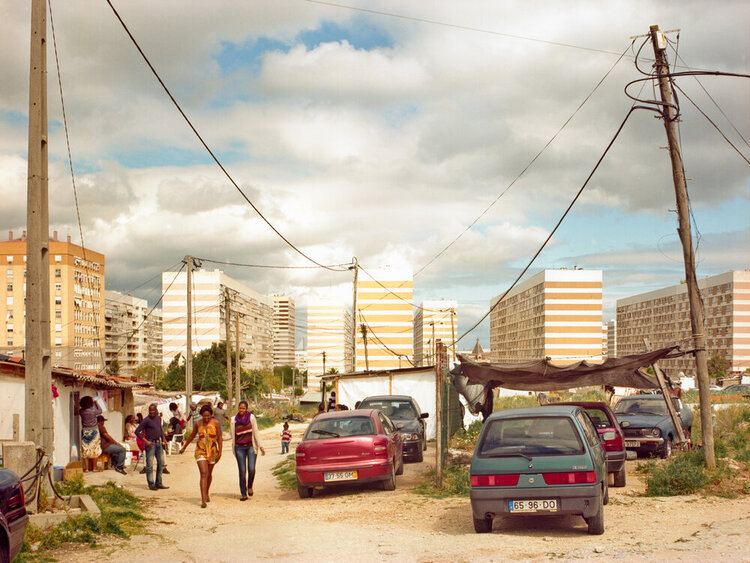
CRIL. Under the light of the sun also the sounds shine: Photography, a mode of inhabiting the world
##plugins.themes.immersion.article.figure##

Resumo
This project has its origin in an article for the first number of the magazine Passagens and it
was redone1 for my Master Thesis, presented at the Faculty of Architecture of Palermo in 2013.
One intends here to question photography as a way to inhabit the world, where the watching of
photography is a keeping and a taking care of. Photography here is understood as a vehicle of the
images of the world and in a certain sense as a construction of a real, as other representations can
do it, but with the peculiarity of being, among other signs, content in the semiotic theory of Peirce.
This content, as among others refer Roland Barthes2 and Rosalind Krauss3, is demonstration of
the veracity of the photographic images whose origin was in a “reality”. The connection between
the chosen reality and my watching coincides on the photographic surface, that is: the reference
transfers to the watching of the author or the spectator. To inhabit is like a question which that
reference puts in a condition of otherness, welcomes, attempting at an answer.
The spaces, the objects of these photographs, are found along the CRIL (the internal ring road
of Lisbon), which, together with the river Tagus, form a circle around the city. This is an urban
path that connects in a little time the architectures and the urbanisations I photographed,
through roundabouts, exits exclusively for all kinds of motor vehicles: private, public and heavy
transports. The automobile is in fact the only way to be, temporarily and in a relative movement,
in that urban space. To watch this route inside the compartment is like being seated in an
armchair watching a road movie, of which we can decide even the speed of the frames, the
beginning and the end of the sequences, as well as the soundtrack. But never stop or leave the
“sequence plan” other than by the exits especially designed for that effect.
Referências
- Sebastiano Antonio Raimondo, Uma ponte - la fotografia, un modo di abitare il mondo e costruirlo. Orientated by Photographer Professor Giovanni Chiaramonte and Architect Professor Paulo Tormenta Pinto, Faculty of Architecture of Palermo (Italia), AA 2012/2013.
- Cfr. “Isto foi” and “A autenticação” in Roland Barthes, A câmara clara – Nota sobre a fotografia. Translated by Manuela Torres, Lisboa, Edições 70 Lda, 2015, pp. 86 and 95. Original Title La chambre claire – Note sur la photographie. Seuil, Cahiers du Cinema, Gallimard, 1980.
- Cfr. Rosalind Krauss, O fotográfico. Portuguese Translation by Anne Marie Davée, Barcelona, Editorial Gustavo Gili, 2002, p. 148. Titulo original Le Photographique – Pour une Théorie des Ecarts. Paris, Editions Macula, 1990.